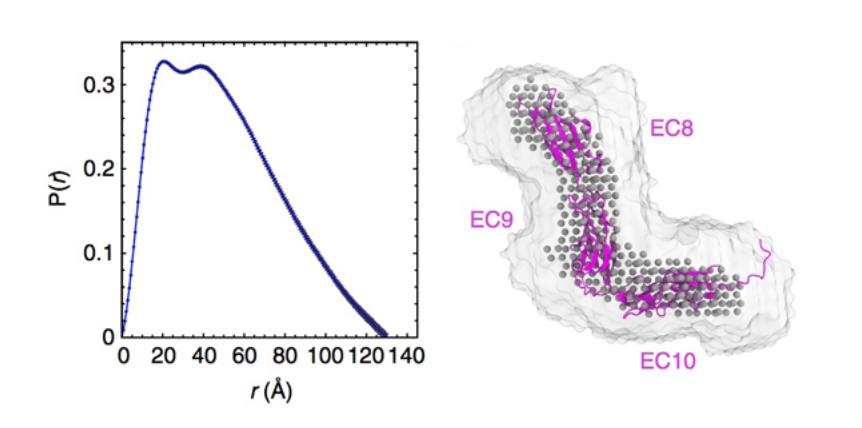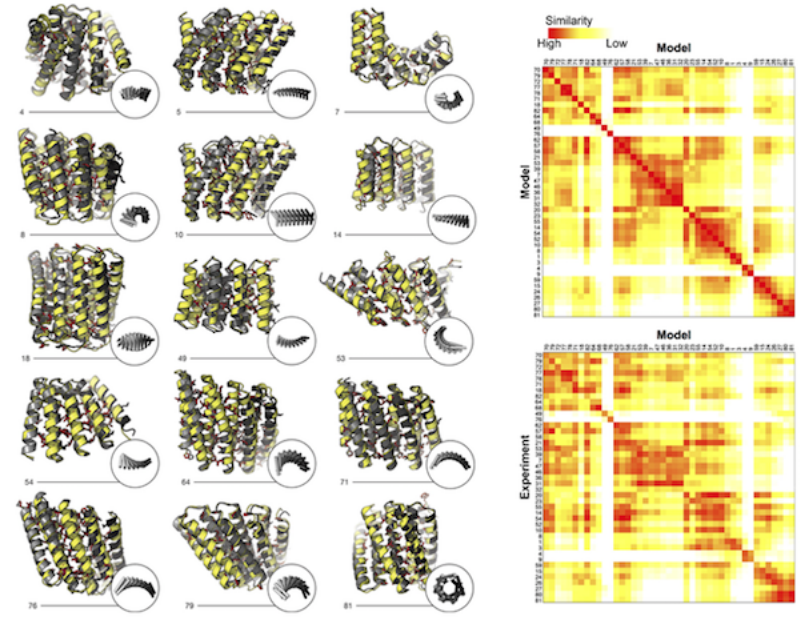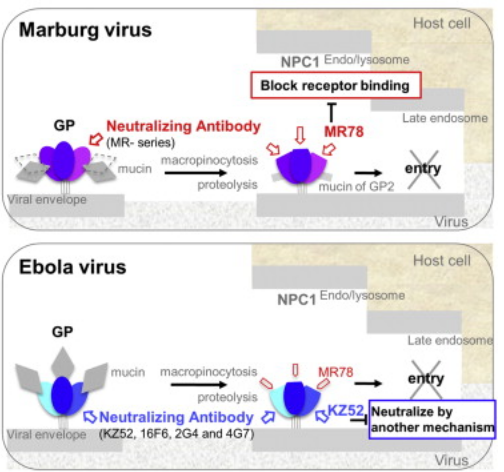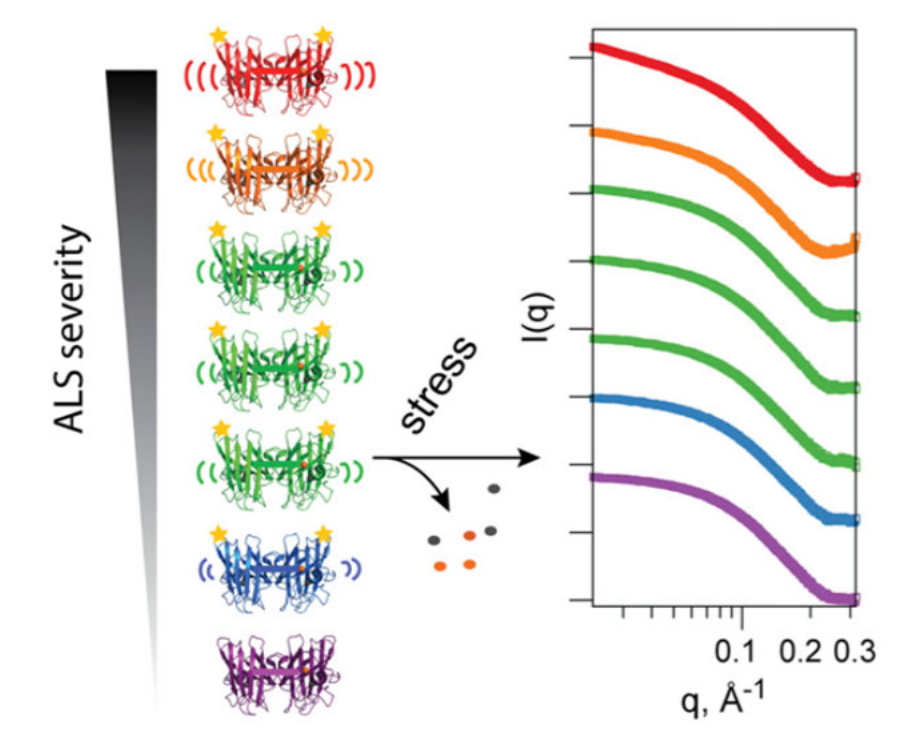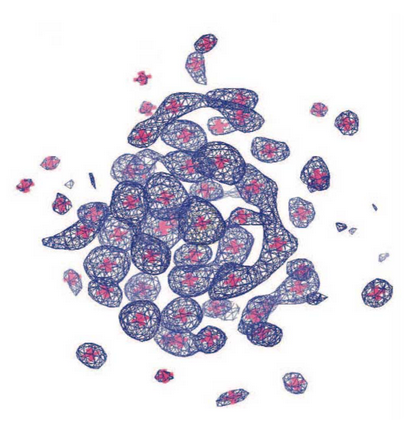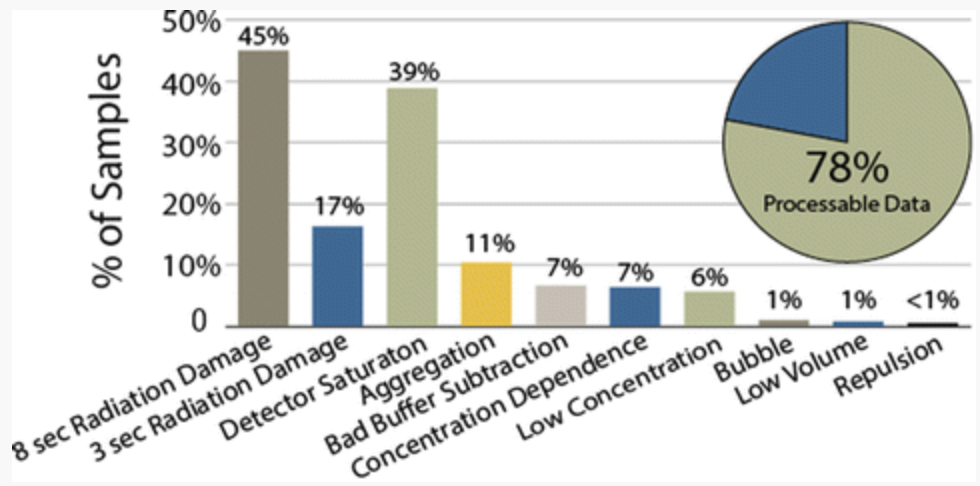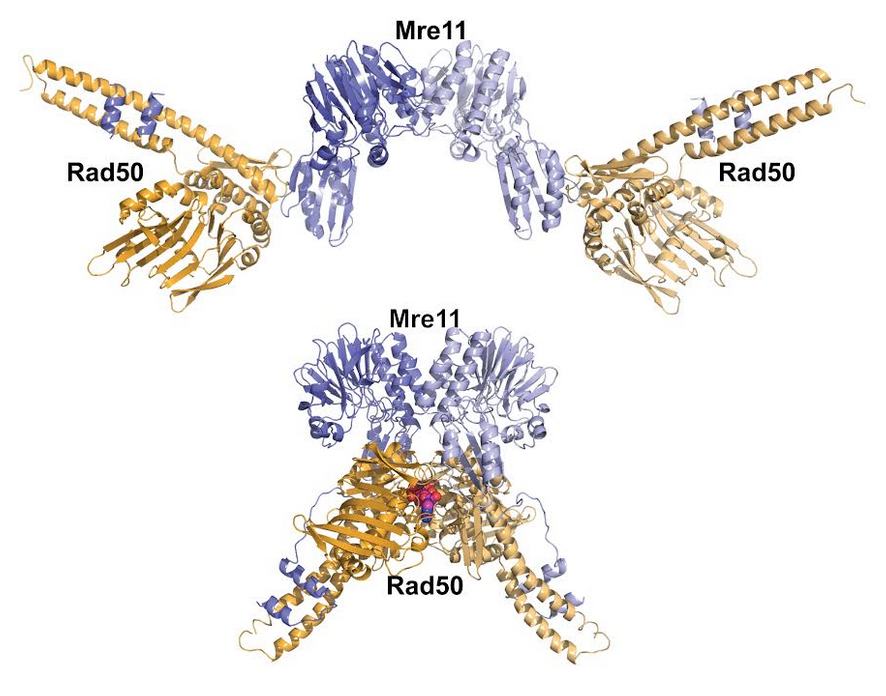Defining NADH-Driven Allostery Regulating Apoptosis-Inducing Factor
Apoptosis-inducing factor (AIF) is critical for mitochondrial respiratory complex biogenesis and for mediating necroptotic parthanatos; these functions are seemingly regulated by enigmatic allosteric switching driven by NADH charge-transfer complex (CTC) formation. In this paper the authors define molecular pathways linking AIF’s active site to allosteric switching regions by characterizing dimer-permissive mutants using small-angle X-ray scattering…
Read more

